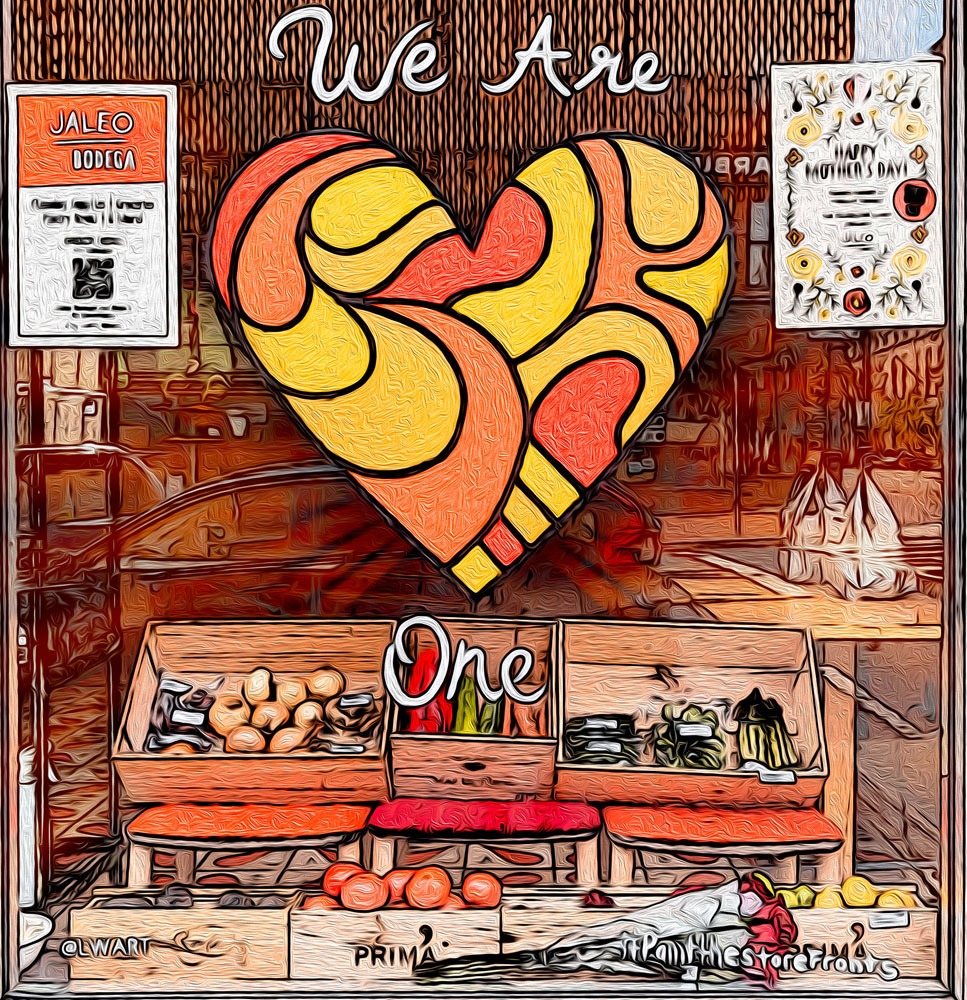
In NPQ, we have regularly covered the business model adjustments of nonprofits during the pandemic. But nonprofits are hardly the only ones changing their business models. In the for-profit world, restaurants are among the hardest hit industries—and for a reason that will be familiar to NPQ readers. After all, restaurants, like nonprofits that operate childcare centers, museums, theaters, orchestras, and so on, rely heavily for their revenue on people gathering at a “congregate site.” In this case, it involves people coming together to share dine-in meals.
For many restaurants, business prospects remain bleak. In a letter to congressional leaders last December, the National Restaurant Association did not mince words. Their missive began, “For nearly nine months, restaurants—our nation’s second-largest private sector employer—have been in an economic freefall as a result of mandated closures and capacity limits due to the coronavirus pandemic.” Despite boosts in online, takeout, and delivery business—as well as new revenue streams such as meal kits or monthly subscriptions—the industry survey indicates an average 36-percent drop in revenue. That almost exactly tracks with the estimated 35-percent drop that nonprofit museums have suffered.
It is in this environment that at least a few restaurants are shifting their entire business design to a hybrid commercial-charitable model. In the New York Times, Jane Black writes, “What began as an emergency measure in the pandemic’s early days has turned into a long-term business plan that could help many kitchens keep running.”
Back in May, NPQ covered the story of a Jersey City restaurant, Ani Ramen, which, when the pandemic forced the restaurant to retool its operations, encouraged customers picking up food to donate meals to first responders on top of buying their own. Customers responded by donating thousands of meals to local medical professionals, boosting sales and enabling the restaurant to rehire a quarter of its staff.
Ani Ramen’s shift was temporary but, as Black indicates, some businesses may find themselves undergoing a longer-term change. The emerging model seeks to combine two revenue streams—one a traditional (but scaled back) for-profit restaurant, the other a community meals program.
One example is Baltimore’s Alma Cocina Latina. At first, as at Ani Ramen, the charitable feedback program was a stopgap measure that served the dual purposes of keeping some staff employed while feeding the growing numbers of people suffering from food insecurity. (To date, Black reports the restaurant has donated over 100,000 meals.) Now, however, co-owner Irena Stein tells the Times she envisions her restaurant’s shift becoming permanent. The need is great; as of last November, in Baltimore nearly one in three residents received food stamps.
Sign up for our free newsletters
Subscribe to NPQ's newsletters to have our top stories delivered directly to your inbox.
By signing up, you agree to our privacy policy and terms of use, and to receive messages from NPQ and our partners.
The effort in Baltimore began, Black explains, as a partnership with World Central Kitchen, the nonprofit food-relief organization founded by chef José Andrés, to cook up to 1,500 meals a week. The restaurant also partnered with a local refugee-led catering company, the Mera Kitchen Collective. In August, the nonprofit business arm was named Alkimiah, which is the Arabic word for “alchemy.” The partnership was key, because World Central Kitchen pays $10 a meal, compared to government rates at a much lower $3 per meal. The higher reimbursement rates, notes Black, let the restaurant produce healthy meals—ones that emphasize whole grains, fruits, vegetables, and nuts in line with “EAT-Lancet” guidelines for planetary health—and pay its cooks $16 an hour plus benefits.
“José Andrés saved us,” Stein tells Black. “Without him, we wouldn’t have been able to stay open or solidify next steps to expand the initiative.”
How does the charitable-commercial operation work? It requires a number of steps, including reorganizing the kitchen and making cuts to the commercial restaurant menu, since the two operations share a common kitchen. The reason this might work as a business, however, is that the combination of charitable and commercial demand creates enough scale to place larger orders with farmers and other suppliers, lowering costs per meal.
In New York City, some restaurants are adopting a similar approach. The nonprofit Rethink Food has raised over $10 million to pay 40 restaurants to feed people in low-income communities. According to Black, Rethink pays restaurants about $5 per meal, and offers many of them food donations as well. On average, partner restaurants serve about 1,000 charitable meals per week.
But, of course, it’s worth noting that $5 a meal is less than $10. Kiana Muschett-Owes, owner of Katie O’s Soul Food in Brooklyn, says that $5 per meal covers her ingredient costs but falls short of covering the full cost of staff or overhead. Combined with Paycheck Protection Program support, this may provide enough to keep the business in operation for now, but this solution seems less than stable long-term. For its part, Rethink is working with her business and others to pursue strategies like group purchasing that might help create a more sustainable model.
Will this emergent business model last, or will it disappear once the pandemic subsides? That will depend largely on whether philanthropic (and/or government) support endures or fades away. A dual revenue model works only if there are two revenue streams. But the idea shows promise. The cost per meal may be higher, but this approach could help both alleviate hunger and improve access to good healthy food in low-income communities and communities of color.—Steve Dubb













